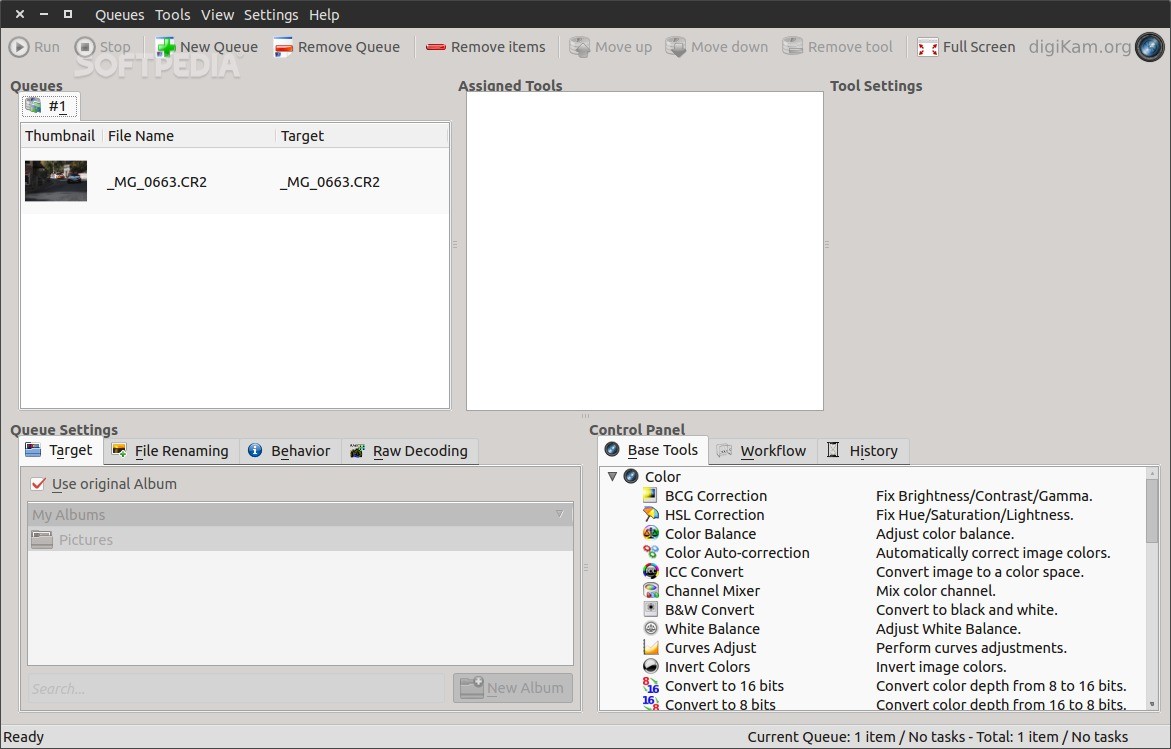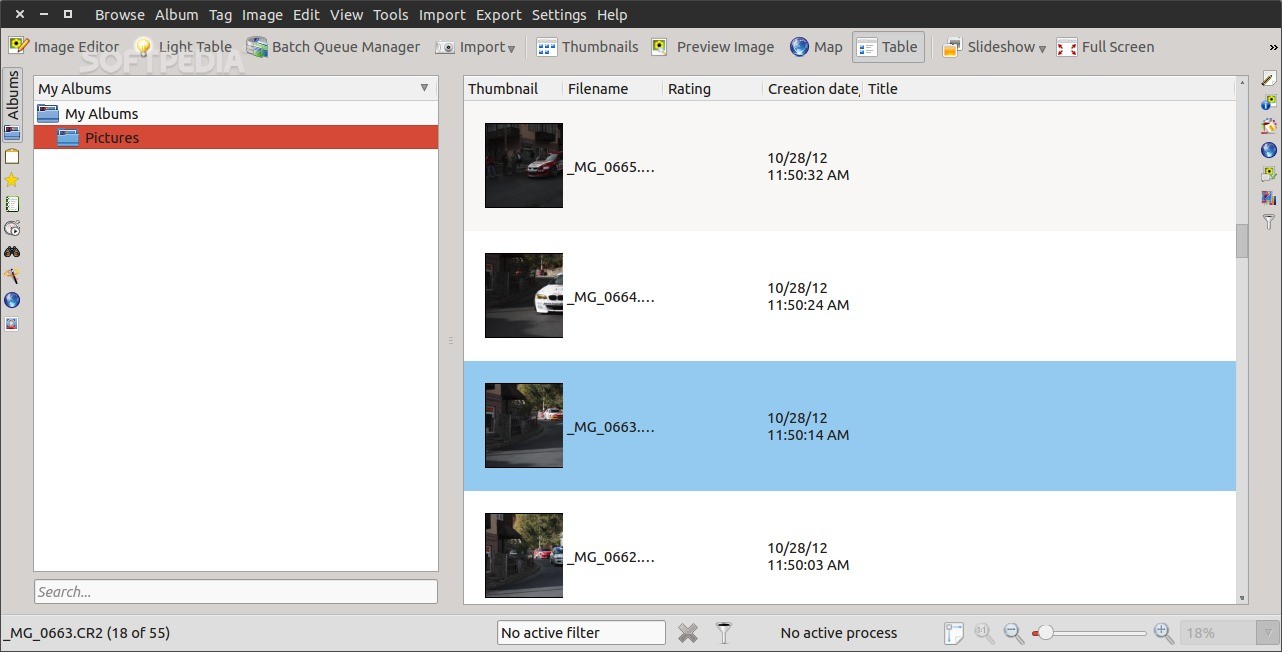
- #DIGIKAM SOFTWARE COLLECTION MANUAL#
- #DIGIKAM SOFTWARE COLLECTION FULL#
- #DIGIKAM SOFTWARE COLLECTION FREE#
- #DIGIKAM SOFTWARE COLLECTION WINDOWS#
#DIGIKAM SOFTWARE COLLECTION MANUAL#
^ "Database Settings - Digikam Manual 8.0.0 documentation".

#DIGIKAM SOFTWARE COLLECTION FREE#
#DIGIKAM SOFTWARE COLLECTION WINDOWS#
DigiKam's photo manager was the first free project to feature similar functionality, with face recognition previously implemented only in proprietary products such as Google Picasa, Apple's Photos, and Windows Live Photo Gallery.įace recognition was implemented in version 2.0 through the libface library, and from version 3.3 it is based on OpenTLD project work. Starting with version 2.0, digiKam has introduced face recognition allowing you to automatically identify photos of certain people and tag them. Improvements comprise support for video files used as photos, as well as new RAW and export options. In August 2018 a beta version of DigiKam 6.0 was published. Pick Labels & Color Labels support to improve photographic workflow.
#DIGIKAM SOFTWARE COLLECTION FULL#
This database file is independent of photo libraries, enabling remote paths, multiple roots and offline backups.Īs a non-modal image editor digikam's UI also supports live search boxes in both sidebars and the main window.ĭigiKam has been in development since before 2006.Īs of version 0.9 features include a GPS locator and synchronization, iPod Photo upload support, an advanced metadata editor, better support for raw image formats (using dcraw included in digiKam), full color management, a light-table, pan-tool in Image Editor and Preview mode, improvements in usability, and many new plugins.ĭigiKam 2.0 was released in July 2011, sporting a number of new features, including: There are various database backends to choose from, with scalability and portability considerations taken into account.

Marble is also integrated for editing and viewing of geolocations in images.ĭigikam also efficiently caches image thumbnails and paths in a database, in the PGF format, allowing for quick overviews. It also supports DNG format reading and writing. Digital Asset Management is the mainstay of digiKam.ĭigiKam relies on libraries such as exiv2, allowing it to edit XMP metadata embedded in images or separately as sidecar files. digiKam was the only free photo management application on Linux that could handle 16 bit/channel images, until RawTherapee version 4.0 was released in 2011, using a new 32 bits/channel engine for all internal image processing. In addition, digiKam offers image enhancement tools through its KIPI (KDE Image Plugins Interface) framework and its own plugins, like red-eye removal, color management, image filters, or special effects. Basic auto-transformations can also be deployed on the fly during picture downloading. Plug-ins are also available to enable burning photos to a CD and the creation of web galleries.ĭigiKam provides functions for organizing, previewing, downloading and/or deleting images from digital cameras. Using plug-ins, users can export albums to various online services including (among others) 23hq, Facebook, Flickr, Gallery2, Google Earth's KML files, Yandex.Fotki, MediaWiki, Rajce, SmugMug, Piwigo, Simpleviewer, Picasa Web Albums. Users can also add captions and ratings to their images, search through them and save searches for later use. It supports all major image file formats, such as JPEG and PNG as well as over 200 raw image formats and can organize collections of photographs in directory-based albums, or dynamic albums by date, timeline, or by tags. DigiKam is a free and open-source image organizer and tag editor written in C++ using the KDE Frameworks.ĭigiKam runs on most known desktop environments and window managers, as long as the required libraries are installed.


 0 kommentar(er)
0 kommentar(er)
